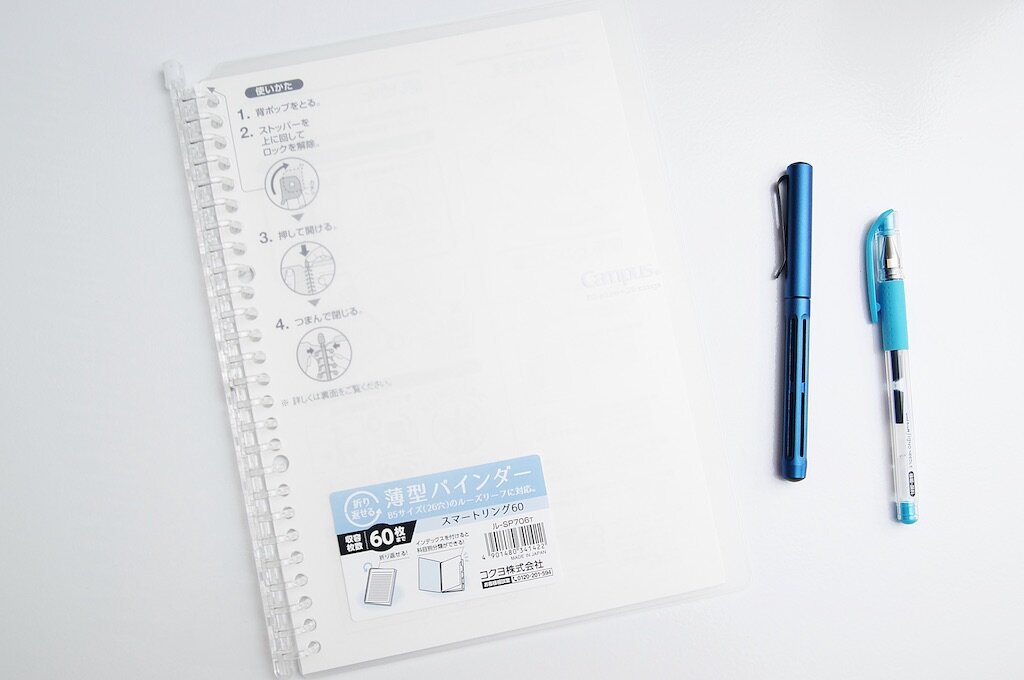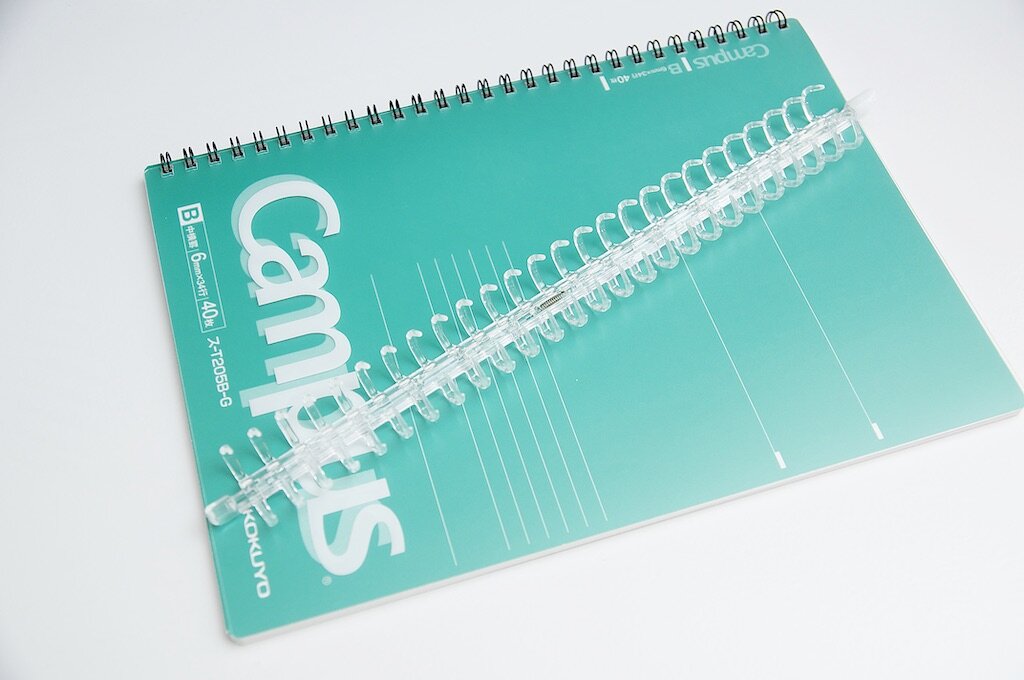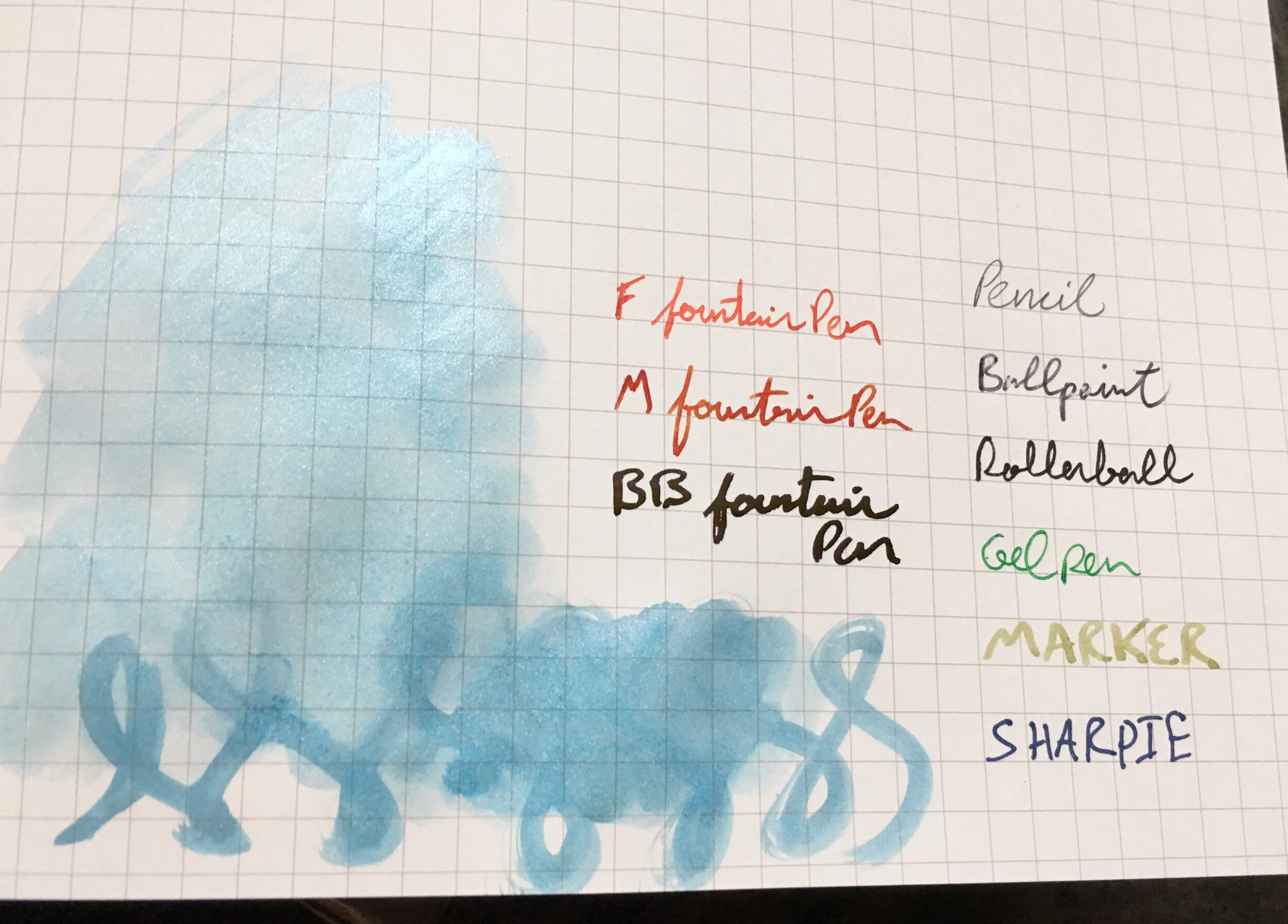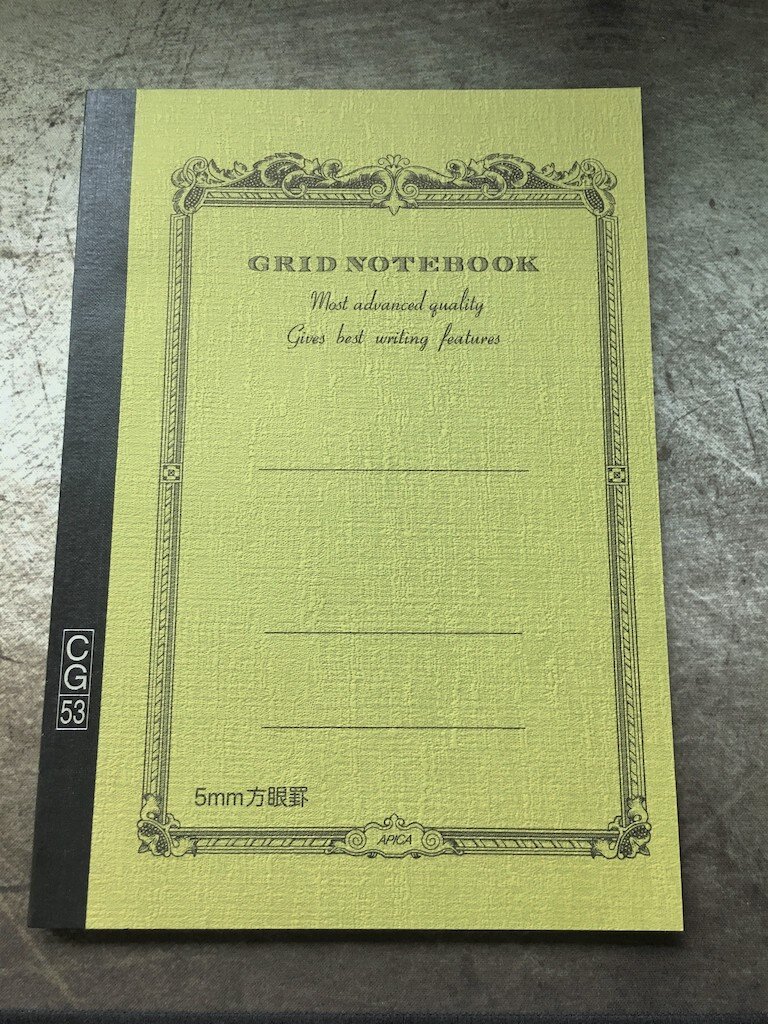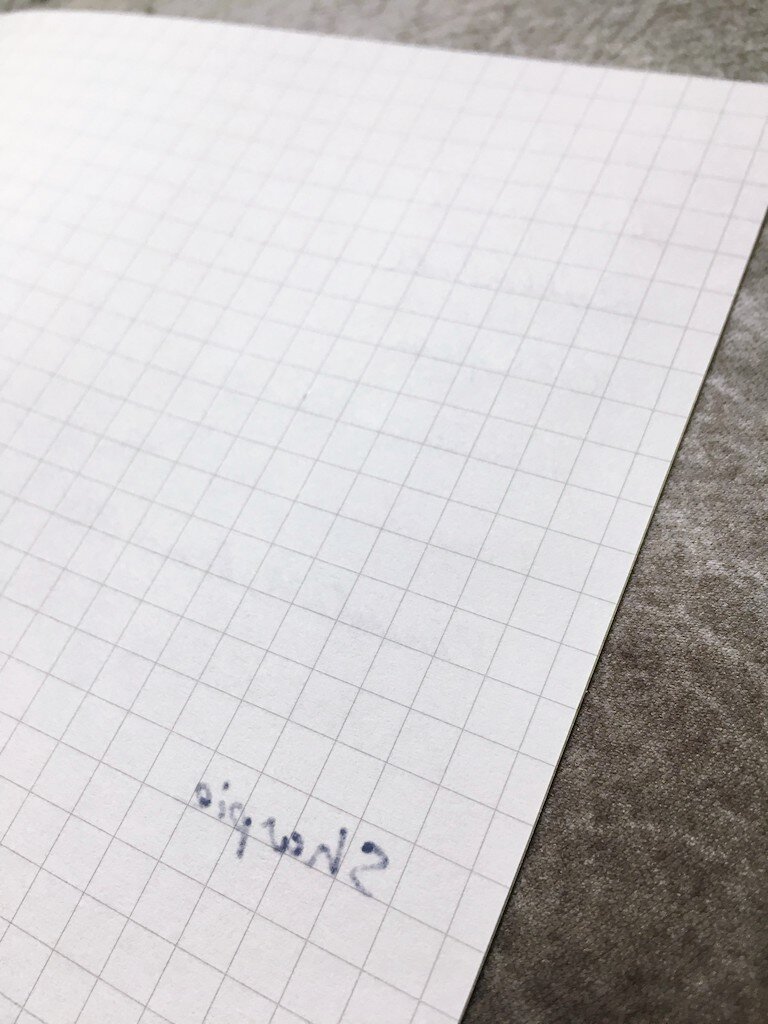(Jeff Abbott is a regular contributor at The Pen Addict. You can find more from Jeff online at Draft Evolution and Twitter.)
Back in my grade school days, I was a big fan of three-ring binders. They were a great way to store paper, dividers, pouches, and other nifty paper tools, while also offering unlimited options in terms of sorting pages, adding more pages, reusing binders for other purposes, and just keeping schoolwork contained. I even remember keeping a pack of loose-leaf paper hole stickers handy in case a page ripped out by accident. Just throw a few stickers around the binder holes and it was almost as good as new! Obviously, the need for these O-shaped stickers were the result of a common problem: three-ring binder paper had a critical flaw. It's way too easy to accidentally rip a page out since there are only three rings to distribute the weight and wear. It's much hard to accidentally tear a page out of a spiral notebook, though.
That's the thinking behind Kokuyo's Campus Smart Ring binder notebook line. They're slim and light binder spines with translucent plastic covers that come in a variety of colors to keep your notes safe and secure. Just like with three-ring binders, you can re-arrange pages by opening the rings. The Smart Ring binders are also very small, which means they take up less space in your bag. The real product here is the B5-sized binder, but they do include 10 sheets of Kokuyo Campus Sarasara paper as a starter kit. You can purchase other kinds of paper separately, which is both convenient (to tailor to your preferences) and annoying (similar to buying a multi-pen and finding out it doesn't include any refills). The binder can hold a maximum of 60 sheets. In my experience, the paper is identical to what you find in other Kokuyo Campus notebooks.
And, just like the old three-ring binders, there's a combination of mechanical tabs and springs that control the opening and closing of the rings...sort of. Since there are 26 rings on this binder, you can imagine it's a bit more difficult to open and close, as well as insert and re-arrange pages. Still, it's not as fiddly as you might imagine.
So, how does it work? Luckily, Kokuyo includes an instruction sheet with pictures of how to operate the binder. The small tab at the top of the binder is a lock, so after unlocking the rings, just push down and the rings pop open. At least, that's what the instruction say. I've found it a bit more fiddly and mushy than I'd like. There isn't really a good place for your other hand to hold the binder while you apply force to the top part. It's very small, and the plastic does feel a bit fragile, and I was very worried that I'd just break the thing into a million pieces. But, I can say it can definitely withstand some abuse and it's stronger than it looks (and feels). Once you apply enough force, the teeth will start to open, and then you can simply pry them open with your fingers. Once a couple of rings start the spread the other couple dozen follow suite very quickly. To close the binder, just squeeze the rings shut and lock the binder.
This looks like a really cool system for picking and swapping out paper types, but I can't really recommend it after using it for a while. If you plan to buy a binder along with an assortment of paper that will fit your purposes exactly, and you also don't plan on opening the rings very often, it will work great. I find the binder to be too fiddly and frustrating to use, and I also do not like that the instructions tell me not to fold the notebook back onto itself. That's the whole point of a spiral notebook! I'd much rather use a traditional spiral notebook. Luckily, you can pick up Kokuyo Campus notebooks for a great price and still enjoy the great paper.
I may be alone in this viewpoint, but I find it very difficult to beat the old three-ring binder in terms of usability and convenience. Sure, the three hole system isn't as durable as others, but the convenience factor is just so high. You can find loose paper you love and quickly punch holes to fill notebooks. The possibilities really are endless.
I'm also a really big fan of the Levenger Circa products (and the great copycat version that Staples offers. These disc systems are really powerful and surprisingly sturdy. And of course, they offer their own proprietary hole punchers so you can use any paper you want.
At the end of the day, I can't really recommend the Kokuyo Campus Smart Ring binder system to anyone unless you already know it will fit your needs exactly. If you're looking to experiment with loose leaf binder systems, start with the options I listed above!
(JetPens provided this product at no charge to The Pen Addict for review purposes.)
Enjoy reading The Pen Addict? Then consider becoming a member to receive additional weekly content, giveaways, and discounts in The Pen Addict shop. Plus, you support me and the site directly, for which I am very grateful.
Membership starts at just $5/month, with a discounted annual option available. To find out more about membership click here and join us!

